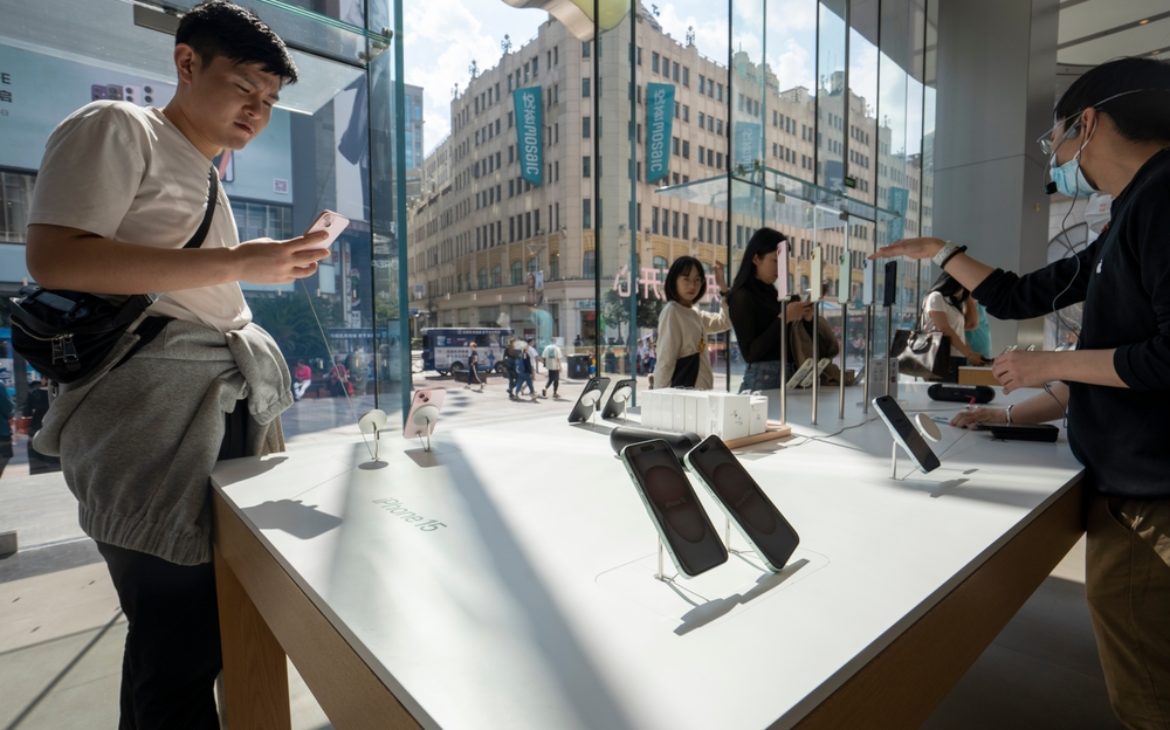Apple, one of the most famous technology companies in the world, has been present on the Chinese market since the early 2000s. Their first major success in China was the launch of the iPhone in 2009, which marked the beginning of strong growth in the region. Over the years, Apple has managed to win a significant share of the Chinese market, despite fierce competition from domestic manufacturers such as Huawei, Xiaomi and Oppo. The company also opened several Apple Stores in major Chinese cities, further strengthening its presence in that important market.
Current state of the Chinese market
Apple has lost its place among the top five smartphone makers in China for the first time in four years. In the second quarter of 2024, Apple’s market share fell to 14%, with approximately 9.7 million iPhones shipped, down from 15% in the previous quarter and 16% in the same period last year. Overall, iPhone shipments in China fell by 3.1%, while competitors on the Android platform recorded an 11% year-over-year increase.
Domestic brands such as Huawei, Vivo, Oppo, Honor and Xiaomi dominate the market. Huawei is particularly prominent with its new model Pura 70, using domestically produced chips, which allowed it to make a significant return to the market. Vivo took the top spot with 19% market share and 13.1 million units shipped, while Oppo, Honor and Huawei followed with 11.3 million, 10.7 million and 10.6 million units respectively.
The weakening of the Chinese economy made it even more difficult to sell the iPhone. Apple tried to attract customers with deep discounts, but even that was not enough to sustain high sales. Will Wong, an analyst for IDC, emphasized that offline partners slowed down marketing activities to maintain profitability, which further contributed to the drop in shipments.
Long-term strategy
Apple strives to stabilize prices and protect its partners’ margins through a strategy of maintaining healthy inventory levels. In the long term, the company plans to launch at least 90 million iPhone 16 devices globally in the second half of the year, aiming for 10% growth compared to previous models. Also, Apple is focusing on integrating AI services to drive demand.
